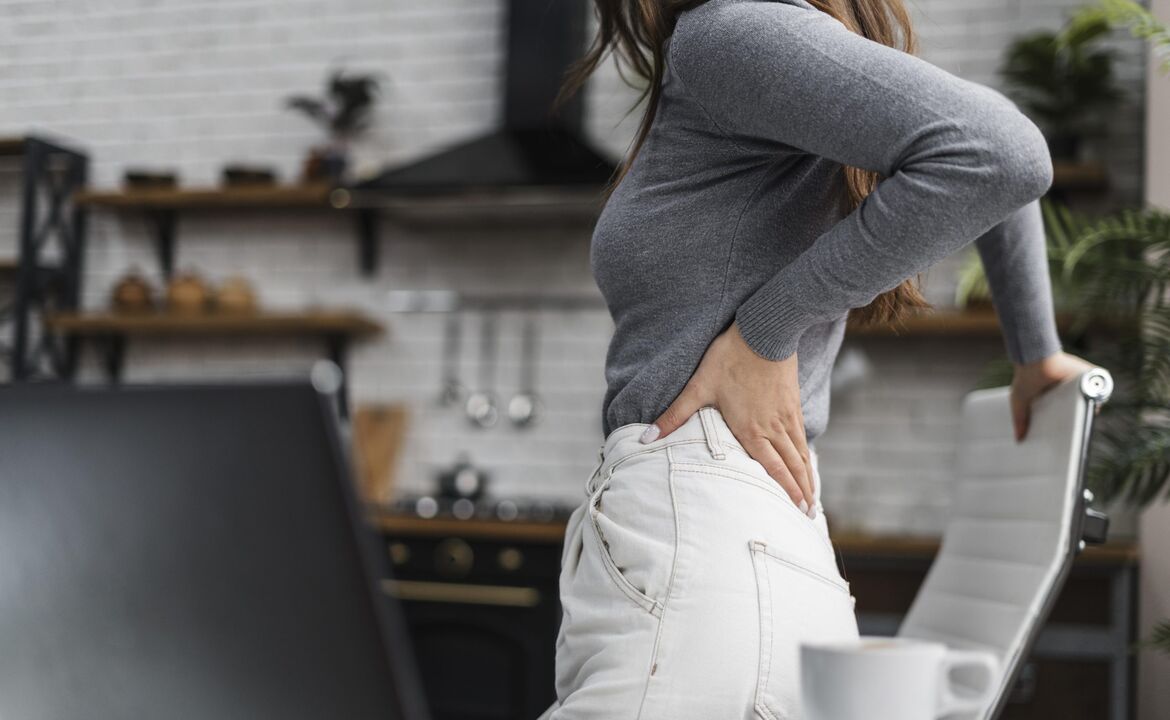
type of pain
- low temperature;
- Remaining in uncomfortable positions for long periods of time;
- Compression of blood vessels;
- Soft tissue damage due to trauma.
In most cases, lower back pain occurs suddenly, is severe, and resembles lumbago (low back pain). Patients themselves describe the pain as stabbing, sharp, sometimes squeezing, but not that intense. At the moment of the attack, the person's movements are restricted, and the person can only straighten his waist through pain. Exercise does not relieve pain and sometimes worsens it. Acute symptoms may last only a few minutes, but sometimes last a day or longer.
Low back pain in pregnant women
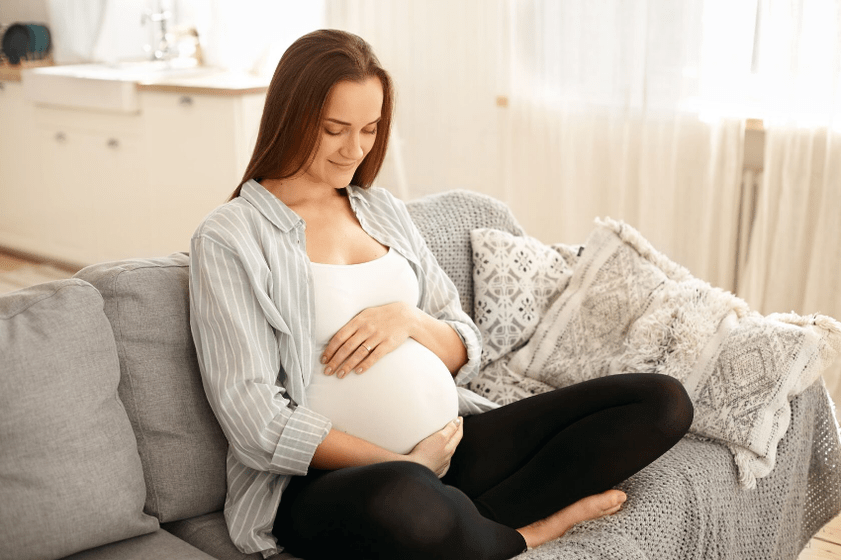
Pain both at night and in the morning
It’s also worth considering that the spine and lower back carry excess body weight. Back pain problems are more common in people who are obese and those who live a sedentary lifestyle. After normalizing behavior and improving the quality of night's rest, cyclic pain will disappear if not accompanied by any disease.
Lower back pain radiating to the legs
acute pain
- Scoliosis;
- Myositis;
- arthritis;
- joint;
- neurological disorders;
- neoplastic processes;
- osteomyelitis;
- Spondylitis
Causes of low back pain
- Intervertebral hernia;
- osteochondrosis;
- Gastrointestinal disorders;
- curvature of the spine;
- Tumor;
- Muscle and ligament injuries;
- Soft tissue infection.
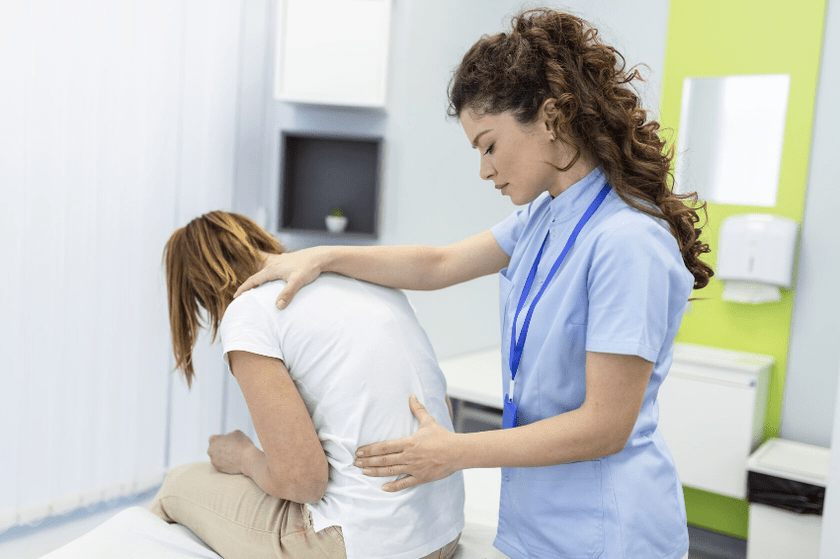
- lack of physical activity;
- excessive nervousness;
- Heavy physical labor;
- Damage and injury.
spinal disease
- cyclical;
- local or native;
- pull or squeeze;
- burning and cutting;
- shooting.
intervertebral hernia
- It is impossible to stand without the support of a chair or other surface, due to the increased load on the discs;
- Lying on your stomach is extremely uncomfortable;
- A feeling of stiffness in the back;
- difficulty bending forward;
- It is impossible to arch your back because the pain impedes movement.
The treatments for hernia are conservative and surgical. Determine the appropriate approach based on the patient's condition. For advanced cases, conservative treatment is ineffective.
Stachybotrys
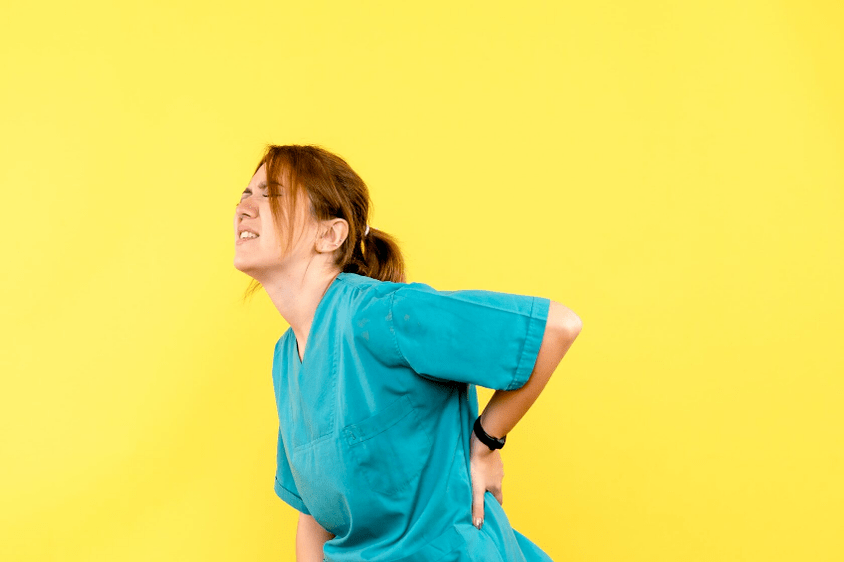
osteoporosis
spinal injury
Soft tissue and kidney damage
spinal infection
- Postoperative;
- post-traumatic;
- touch;
- Hematogenous.
With a spinal epidural abscess, the pain is quite deep and intense, accompanied by chills and muscle tension. Against the background of progression, radicular syndrome intensifies, paresis occurs, and the function of the pelvic organs is destroyed.
muscle damage
myofascial syndrome
Spinal tumors, kidney tumors
In addition, left lower back pain may also be related to kidney cancer. It will have an obvious feature, which may be pain, pressure, or rupture. Over time, discomfort increases and urinary disturbances may occur. Do not steam or heat the affected area. After the formation is removed, the situation may normalize.
What to do after acute low back pain
- Low back pain of any nature lasting for one week;
- Against the background of pain, body temperature increases;
- Discomfort in previously injured and damaged areas;
- Pain spreads throughout the body;
- Loss of sensitivity in certain areas.
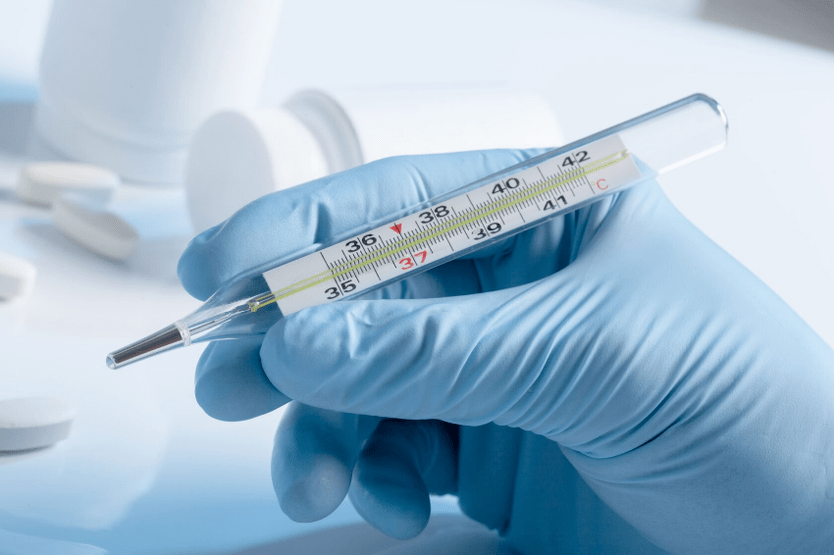
Which doctor should I contact?
diagnosis
- X-rays of the painful area;
- MRI;
- Ultrasound examination of pelvic and abdominal organs;
- General analysis of urine and blood;
- Neuroelectromyography.
If the pain occurs in the context of genitourinary or gastrointestinal pathology, an endoscopy of the bowel may be necessary. If tumors are suspected in the body, biochemical blood tests are performed.
treat
- Do not lift heavy objects;
- Bend over and straighten your back while sitting;
- Give up strenuous exercise;
- If you are obese, you should lose weight;
- Change your sleeping area to make it comfortable;
- Conduct regular physical education classes directly in a chair or armchair;
- light exercise;
- Don’t take steam baths, don’t go to saunas, don’t take hot baths;
- Wear a supportive bandage (as prescribed by your doctor).
- Medicinal Effects. Painkillers, anti-inflammatory drugs, and decongestants may be needed. These medications can be taken orally or used topically in the form of a cream, gel, or ointment to relieve pain.
- Block the lumbar area.
- physiotherapy. Patients receive physical therapy, massage, magnet therapy and electrophoresis therapy.
- Acupuncture, manual therapy, osteopathy.
Trying to figure out on your own how to get rid of lower back pain and the causes of back pain is almost pointless. It can be of different nature depending on which influencing method is chosen to be effective. Self-treatment for many illnesses is ineffective and dangerous because it can lead to worsening of the condition.















































